News
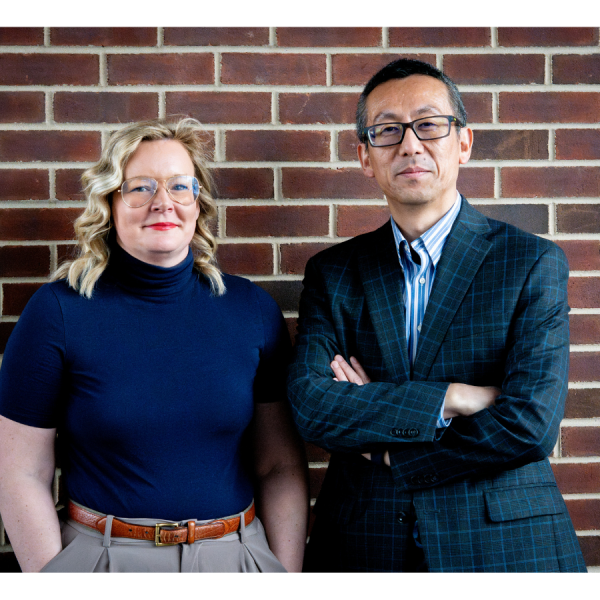
Jun 04, 2025
$2.9M grant funds study on long-term effects adolescent binge drinking
An interdisciplinary team of researchers at Penn State will use a new five-year, $2,900,000 grant to investigate the long-term effects of excess alcohol drinking during adolescence.
Full Article
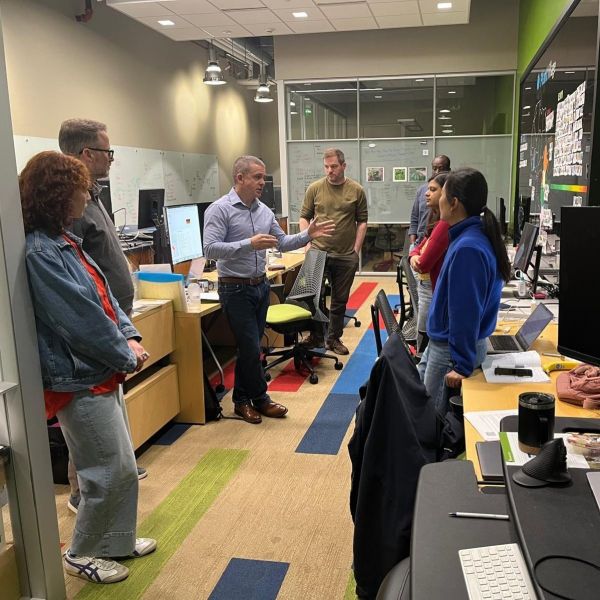
Jun 03, 2025
Penn State’s Youth Food Lab attends UN Science, Technology, Innovation forum
Penn State’s College of Agricultural Sciences was represented on the global stage as faculty and students participated in the United Nations’ 10th Multi-stakeholder Forum on Science, Technology and Innovation for the Sustainable Development Goals, held at U.N. headquarters in New York City earlier this month.
Full Article
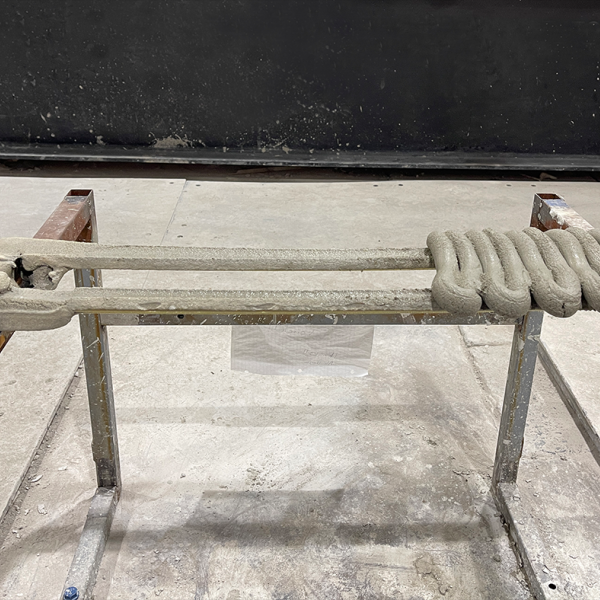
May 12, 2025
Manufacturing PA Innovation Program funds two Stuckeman-led research projects
Two projects led by Stuckeman School architecture researchers have garnered grants through the Pennsylvania Department of Community and Economic Development’s Manufacturing PA Innovation Program
Full Article
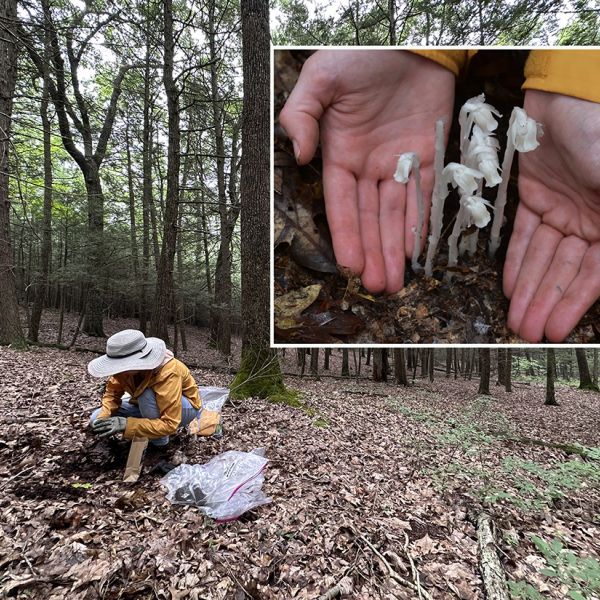
Apr 25, 2025
Traditional forest medicinal plant ghost pipe used differently today
Driven by the internet and social media, consumption of a strange white plant known as ghost pipe is enjoying a resurgence — but with a twist.
Full Article
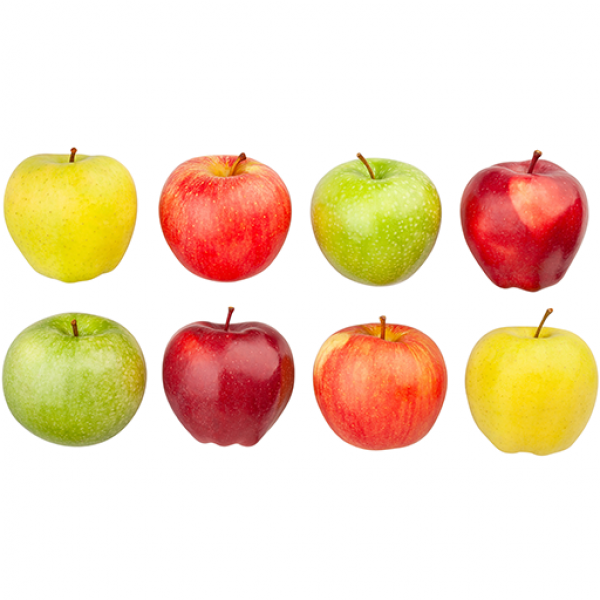
Apr 23, 2025
How do you like them apples? Apple genus evolution revealed
A new comparison and analysis of the genomes of species in the genus Malus, which includes the domesticated apple and its wild relatives, revealed the evolutionary relationships among the species and how their genomes have evolved over the past nearly 60 million years.
Full Article
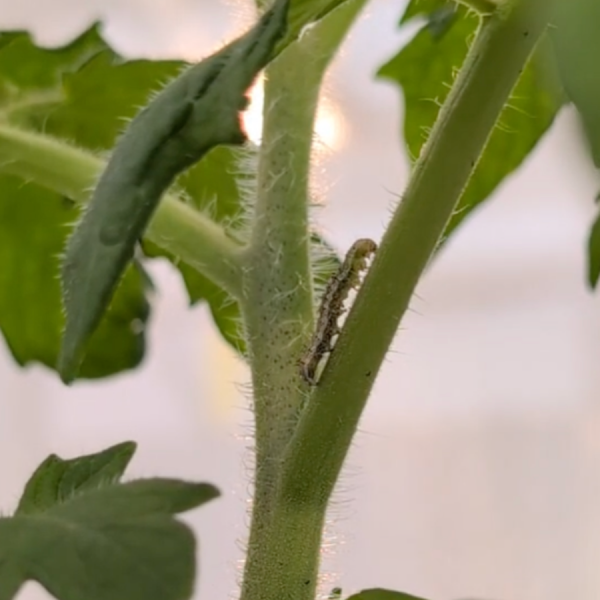
Apr 16, 2025
Feeling salty? Increased salt stress reduces tomato pest activity
Increased soil salinity can reduce damage from prominent tomato pests such as the tomato fruitworm, according to researchers at Penn State. They published their findings in the Journal of Plant, Cell and Environment.
Full Article
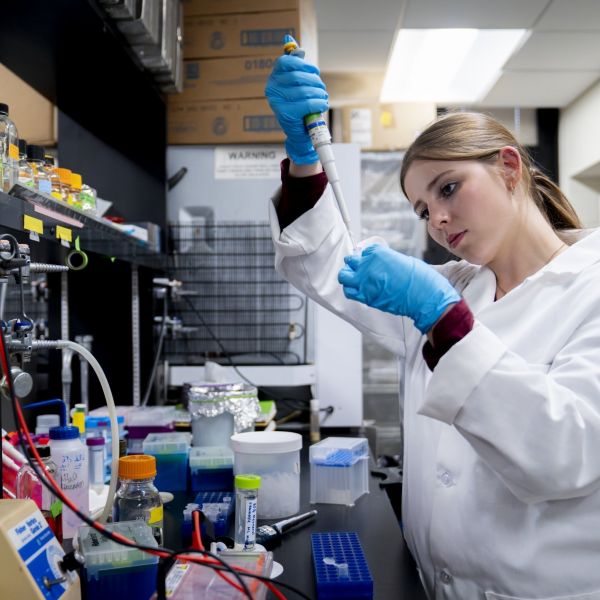
Apr 10, 2025
Graduating senior reflects on undergraduate research experiences at Penn State
Maria Lovallo is a Penn State undergrad from Spring Mills, PA, majoring in Microbiology with a minor in Plant Pathology & Environmental Microbiology. She is also a teaching assistant in Biochemistry and Molecular Biology, and a member of the Huck Institutes’ One Health Microbiome Center.
Full Article

Apr 09, 2025
Postdoctoral training series assists scholars seeking fellowships
Three free sessions cover funding mechanisms, strategies for crafting effective proposals, and feedback to strengthen current fellowship applications.
Full Article
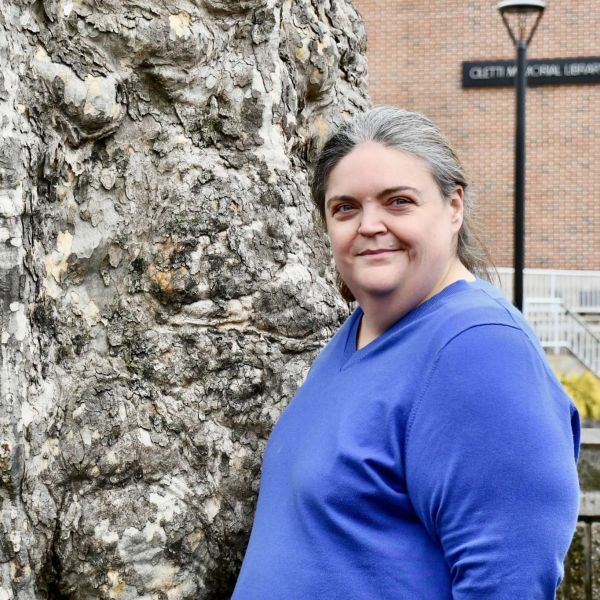
Apr 10, 2025
Penn State Schuylkill biologist recognized as a PERC Campus Sustainability Champion
The Pennsylvania Environmental Resource Consortium (PERC) has named Mary Ann Smith, lecturer of biology at Penn State Schuylkill, as a 2025 Campus Sustainability Champion.
Full Article

Apr 09, 2025
NCEMS working groups to answer molecular and cellular bioscience questions
The U.S. National Science Foundation National Synthesis Center for Emergence in the Molecular and Cellular Sciences at Penn State aims to drive multidisciplinary collaboration utilizing publicly available research data.
Full Article